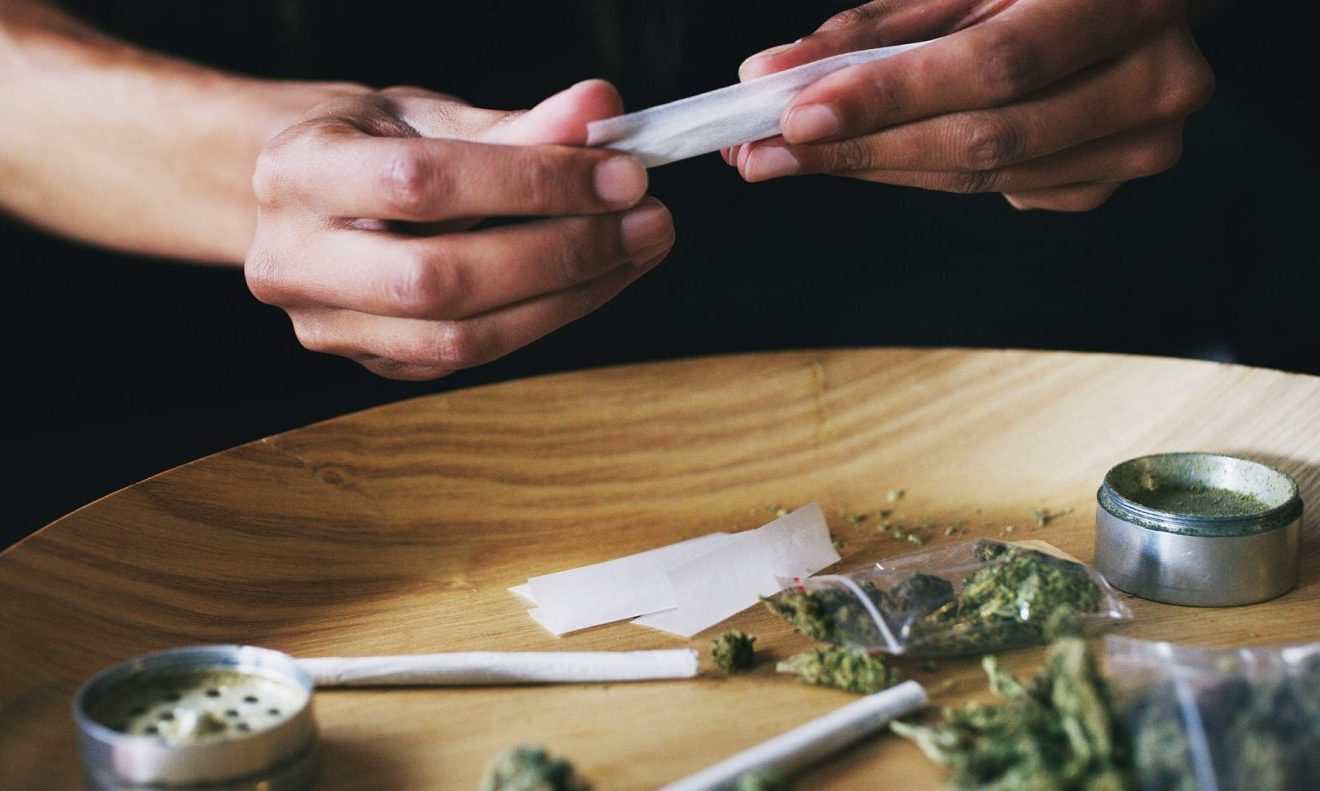These dosing recs and guidelines will function as the backbone for treatment regimens, allowing physicians to suggest medical cannabis as an ongoing, safer alternative to opioids.
By Javier Hasse
Chronic pain affects close to two billion people worldwide. The use of medical cannabis to help alleviate the symptoms of chronic pain is increasing rapidly, aided not only by legalization but also by positive trial outcomes, improved quality of life, daily function and opioid-sparing.
However, there is limited scientific data to guide in terms of dosing and the administration of cannabis-based medicines.

To help support physicians in meeting the needs of their patients, Canopy Growth recruited a group of 20 physicians who leveraged a modified Delphi process to develop three practical protocols for the oral administration of medical cannabis to treat chronic pain.
These recommendations will help fill a knowledge gap and will support clinicians and patients in achieving safe and effective dosing.
It was concluded that patients with neuropathic, inflammatory, nociplastic and mixed pain could be considered and would likely benefit most from treatment with medical cannabis through three treatment protocols outlined within the publication.
In addition, the global task force concluded that, when treating a patient with chronic pain, dosing should be individualized for each patient based on their goals, side effect profile, drug interactions and affordability.
RELATED: Small Harvard Study Shows ‘Real World’ Medical Cannabis Treatment May Help With Chronic Pain
Dr. Alan Bell, family physician and assistant professor at the University of Toronto, is one of the lead experts in the task force.
“As a task force, we believe it’s incredibly important to bring medical cannabis to patients looking to treat chronic pain and the gap that exists around dosing and administration guidance is a barrier to physicians adopting this pathway as a viable treatment for their patients,” Bell explained. “These dosing recommendations and guidelines will function as the backbone for treatment regimens, allowing physicians to suggest medical cannabis as an ongoing, safer alternative to opioids.”
RELATED: Former MTV VJ Karen “Duff” Duffy Talks CBD And Chronic Pain

Dr. Mark Ware, Canopy Growth’s chief medical officer, added, “We know that chronic pain affects 20-25% of the population in the developed world and almost two billion globally.”
In his view, we have seen limited clinical data that aids with dosing and administration of cannabis medicines so far. This is why Canopy developed “research-based recommendations on safe dosing and administration of medicinal cannabis for patients,” Ware explained. “Dosing for patients with chronic pain should be individualized based on side effects, drug interactions and affordability, but this is a great dosing resource for doctors with patients asking about medical cannabis as a treatment.”
This article originally appeared on Benzinga and has been reposted with permission.


